All about the plum and cherry hybrid
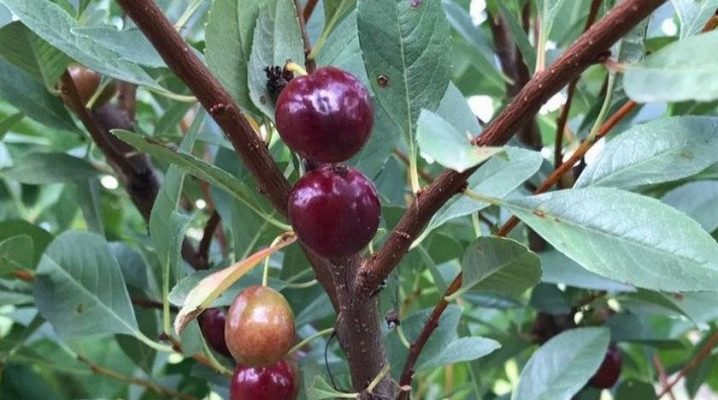
There is a huge variety of plum trees - spreading and columnar varieties, with round fruits and pear-shaped, with sour and sweet fruits. All these plants have one drawback in common - for a good harvest, they need to be provided with proper care and comfortable conditions. Among all the varieties, SVG stands out strongly - a plum-cherry hybrid, which has all the advantages of plum and cherry and is practically free from difficulties in growing. In this article, we will describe in detail the characteristics of plum and cherry trees, consider the best varieties and features of caring for them.
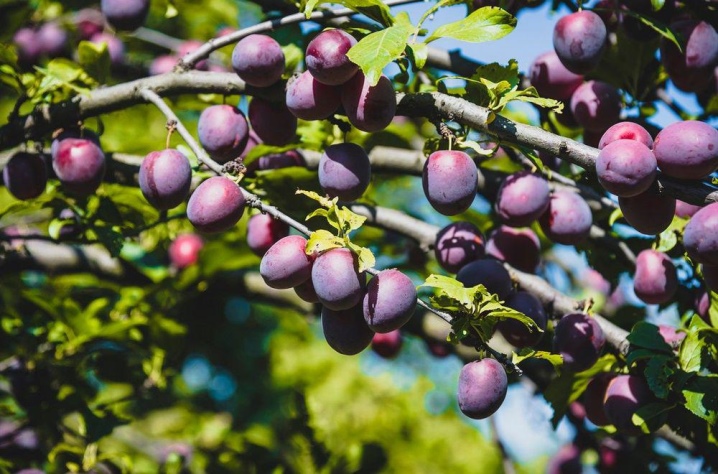
general description
A hybrid of plum and cherry, which is abbreviated as SVG, is a tree popular among gardeners, because it begins to bear fruit in 1-2 years after planting a seedling in open ground. In addition, the plant contains all the advantages of two crossed types of fruits - large, tasty and juicy fruits appear on the branches, the crown is neat, and the height of the trunk is very small. The shape of the tree makes it easier to care for and harvest, and the selection features of the two varieties ensure resistance to temperature extremes and diseases.
The standard height of plum cherry is 1.5 to 2 meters Is a very small size when compared to classic plums. Depending on the variety of the hybrid, the branches can fold into different shapes, creating a creeping or pyramidal crown.
The leaves of the tree are light green in color, large in size and sharp, jagged edges.
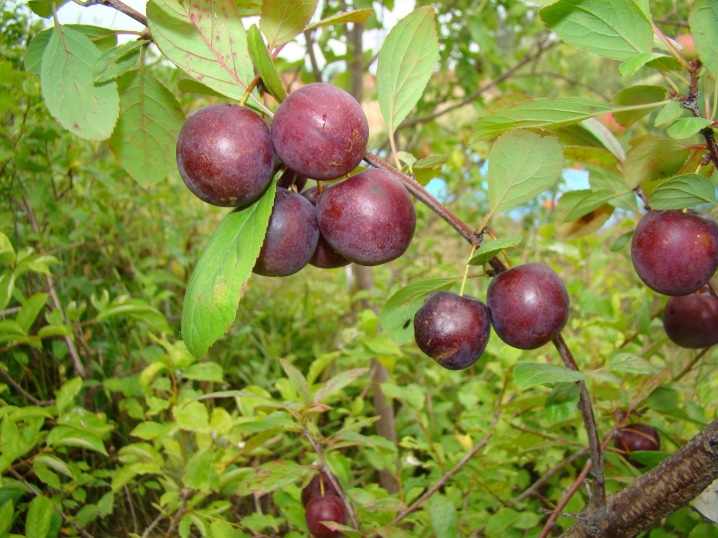
Each type of SVG has its own distinctive properties, but they also have common features that unite all varieties of plum and cherry. Let's take a closer look at several features of all varieties of plum and cherry hybrid.
- Frost resistance. Cherries and plums have good frost resistance due to their unusual root system, which branches out and takes root firmly in the soil. The hybrid of these two tree species took over the structure of the roots, retaining high frost resistance.
- Resistant to temperature extremes. In spring, when the air temperature is very high during the day and can drop below zero at night, without proper protection, many young trees are severely injured or even die. Plum-cherry, on the other hand, shows high survival rates for seedlings during spring frosts.
- Late ripening of fruits. The overwhelming majority of SVGs ripen in late August or early autumn. Some species may mature a little earlier - in early or mid-August.

SVG is resistant to most diseases, but moniliosis is still dangerous for them. The symptoms of this disease are manifested through the drying out of parts of the crown - leaves, branches and young shoots. To prevent disease, the garden must be treated with Bordeaux liquid twice a year - in spring and summer.
If the trees have contracted the disease, all infected parts must be carefully removed.
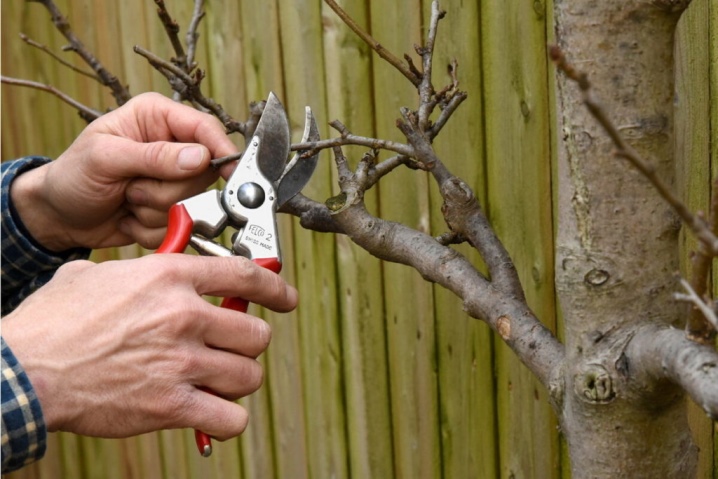
In order for the ovary to appear on hybrids, they need pollinators of other breeding varieties. For plum and cherry plants, only other hybrids of plums and cherries or the original type of cherry, from which the hybrid - the American Besseya cherry - was obtained by the selection method, will be suitable as a pollinator. For the pollination process to be successful, it is very important to select varieties that bloom at the same time, and also plant them in holes with an interval of 3 meters.
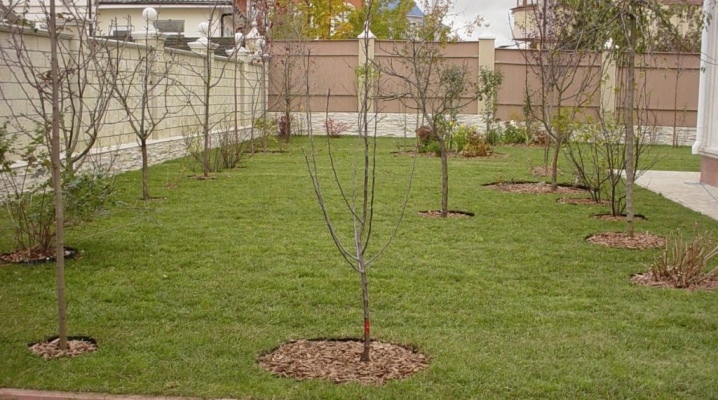
The best varieties
Each SVG variety has its own special characteristic, which affects the planting method and yield. In order for the garden to have a high level of fruiting, it is necessary to choose the right seedlings. We propose to consider a list of the most popular varieties of plum-cherries and their main characteristics.
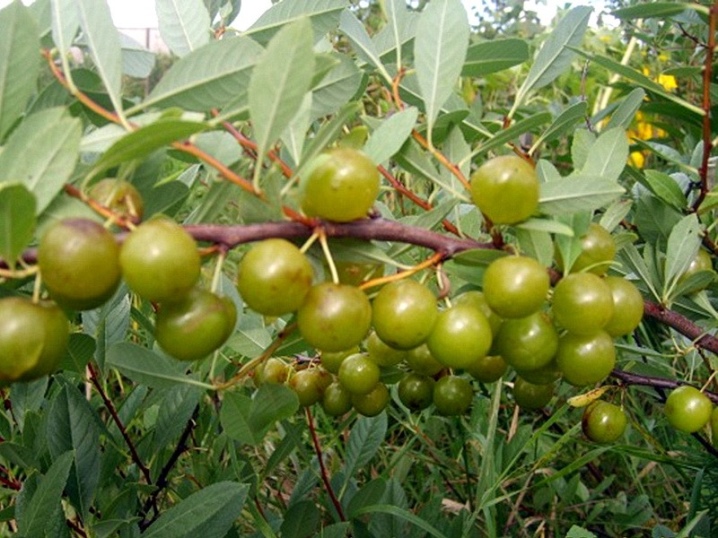
"Beta"
Beta is considered the earliest variety of plum and cherry hybrids, therefore it is necessary to select the appropriate pollinators for it. Other early maturing SVG trees, as well as "Besseya", are suitable for pollination of the hybrid. The variety begins to bear fruit 1-2 years after planting, the amount of harvest per season is usually 20-25 kg.
The tree grows small in size - from 1.4 to 1.6 m in height, the crown takes on a rounded, fluffy shape.
Ripe "Beta" fruits turn burgundy and gain approximately 12-20 g in weight. Inside the fruit there is a small bone that is difficult to separate from the pulp. The fruit is sweet, juicy and slightly reminiscent of the taste of cherries.

"Manor"
This type of hybrid is usually referred to as the "Mainor", but in some sources it can also be found under the name "Miner". The variety belongs to early maturing trees - it ripens by the middle of summer. The tree is highly resistant to cold and drought, but bears fruit as well as possible only with proper watering. "Mainor" brings a rich harvest in the second year after planting.
Fruits on a tree gain from 17 to 30 g, when ripe they acquire a burgundy-red hue and an oval shape. Juicy fruits taste like a cross between cherry and plum. The harvest is universal - hybrid plums and cherries can be eaten raw, used for baking or preservation.
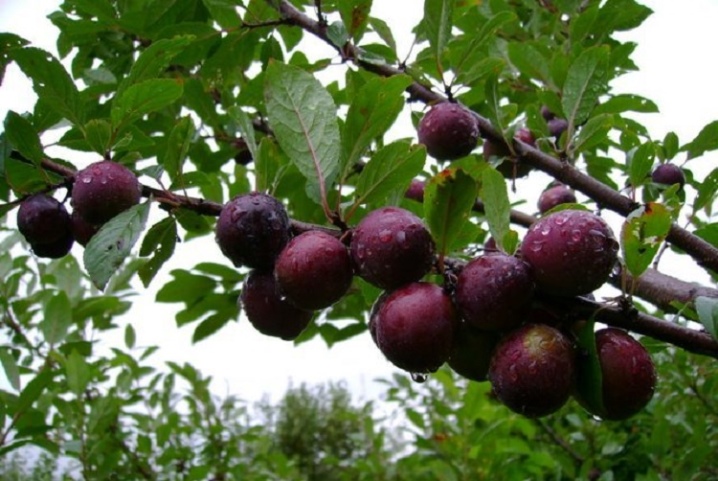
"Compass"
A small tree that blooms in May and is considered late. Like other hybrids, the plant reaches no more than 1.9 m in height, so it is very convenient to harvest and take care of the garden.
The variety easily survives bitter frosts and hot, dry weather, but at the same time loves timely watering.
"Compass" bears fruit in small fruits, reaching no more than 17 g in weight. When ripe, the fruits turn reddish-brown. The fruit is less juicy than other varieties, but the small bone is easily detached from the pulp.
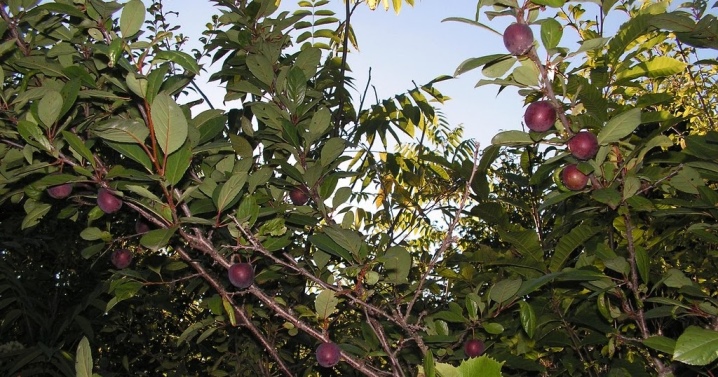
"Omskaya night"
A dwarf plant, which in its structure looks more like a bush than a tree. The Omskaya Nochka hybrid grows only from 1.2 to 1.5 m in height. The variety belongs to mid-ripening plum-cherries and needs pollinators to bloom at the same time.
Despite its dwarfism, "Omskaya Nochka" bears fruit with round, medium-sized fruits weighing from 17 to 23 g. The fruit is very juicy and firm, thanks to the combination of cherries and plums, they have a pleasant sweet and sour taste. A special distinguishing feature of the fruits of "Omsk Nochka" is a very dark burgundy-brown skin tone, which reaches almost black when ripe.
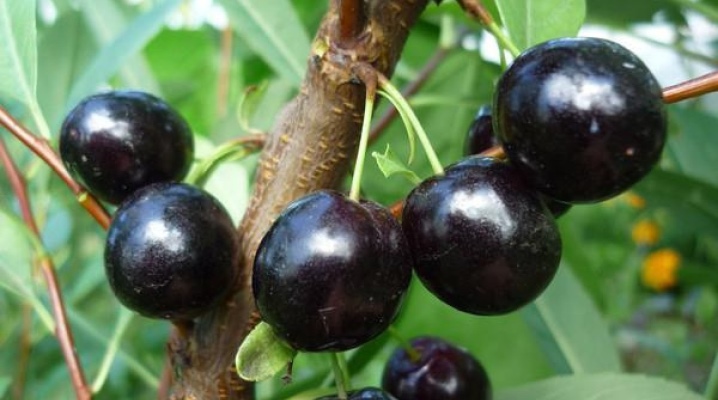
"Sapalta"
The tree, which resembles a bush in its shape, usually grows to 1.7-1.9 m in height. The crown of a frost-resistant plant of the Sapalta variety gradually forms into a soft and rounded shape.
Plum-cherry begins to bloom in the middle of spring, therefore it belongs to mid-season hybrids.
"Sapalta" gives a rich harvest of juicy fruits, the average weight of which is 19-25 g. The skin of plum cherries acquires a dark purple hue with a waxy shell, and the ripe flesh has a light purple color. The taste of SVG fruits is very sweet, with a subtle sourish aftertaste.
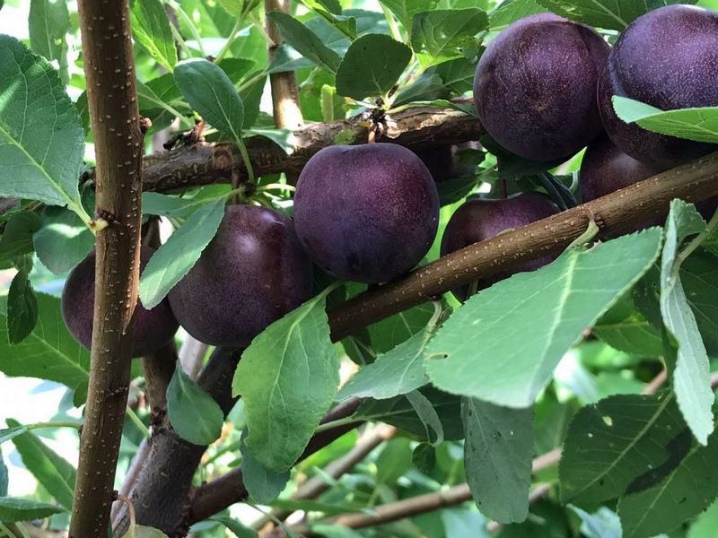
"Hiawatha"
The SVG variety grows to a medium size - from 1.4 to 1.9 m in height. The crown of Hiawatha trees takes a neat, elongated, columnar shape with sparse branches. The type of hybrid is mid-season, therefore, it is necessary to plant trees of the following varieties as pollinators: SVG "Opata" or classic cherry "Besseya".
"Hiawatha" bears fruit with large oval fruits, each of which weighs from 15 to 22 g. The shell of the fruit has a dark, brownish-lilac color, and the flesh is colored in a pale pink hue. A small pit is separated from the plum-cherry along with a part of the pulp. Ripe fruits have a pleasant texture and a sweet-sour taste.

"Gem"
SVG variety "Samotsvet" grows higher than other hybrid trees - its maximum height is from 2.2 to 2.4 m. The branches gather in a back-pyramidal crown of a neat, flowing shape. The plant tolerates frost well and begins to bloom and bear fruit as early as 2-3 years after planting.
"Gem" refers to early-maturing varieties of hybrids and is perfectly pollinated if the seedlings "Mainor" are planted nearby.
Plum cherry blossoms immediately after the end of the spring frost, so the harvest ripens in mid and late July. Ripe fruits are colored light purple and covered with a thin layer of wax. The pulp is juicy, sweet, with a yellow-orange tinge, the stone is easily separated from the fruit. The average weight of Samotsvet plum cherries is about 19-22 g. Large fruits, which abundantly and densely cover the branches of a tall hybrid, make it possible to harvest from 19 to 23 kg of harvest per season.

"Pyramidal"
Another variety of plum-cherry hybrid, which in its structure is very similar to a bush. A low-growing plant reaches no more than 1.3-1.4 m in height and acquires a neat pyramidal shape, therefore it is often planted as a decorative element of the garden. The mid-season "Pyramidal" hybrid blooms in late spring and begins to bear fruit no earlier than mid-August.
On the branches, rounded fruits with a bright yellow color and the same light pulp are formed. The average weight of the "Pyramidal" variety is about 12-16 g. The sweet harvest is versatile in use - it is suitable for both raw consumption and preservation. In one season, the tree produces an average of 12-17 kg of fruit.
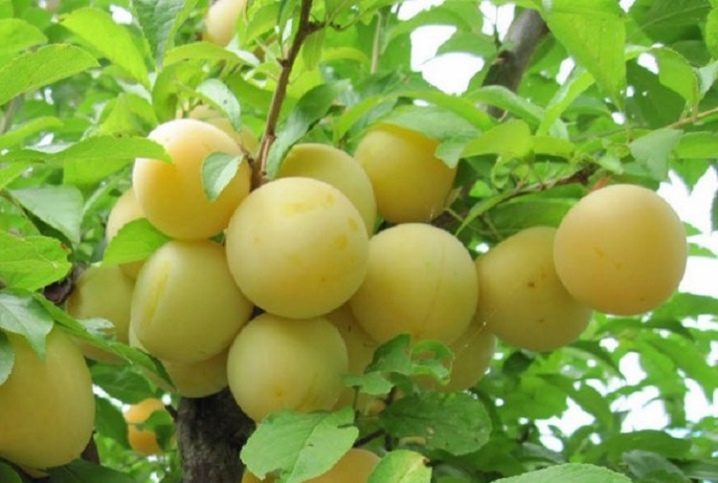
"Opata"
An unusual hybrid of plum and cherry, which grows up to 1.9-2 m, but at the same time has a spreading crown. "Opata" blooms after spring frosts, so the likelihood of abundant fruiting is very high.
If you plant nearby hybrids that also bloom at this time, the tree will begin to bear fruit 2-3 years after planting.
Ripe fruits acquire a burgundy-brown skin color and gain from 16 to 20 g in weight. The inner part of the plum-cherry has a light yellow color and a pleasant sweetish taste. Fruits cover the tree abundantly, causing the spreading branches to begin to fall and even break. To avoid this, as soon as ovaries appear on the Opata hybrid, it is necessary to put supports under the branches.
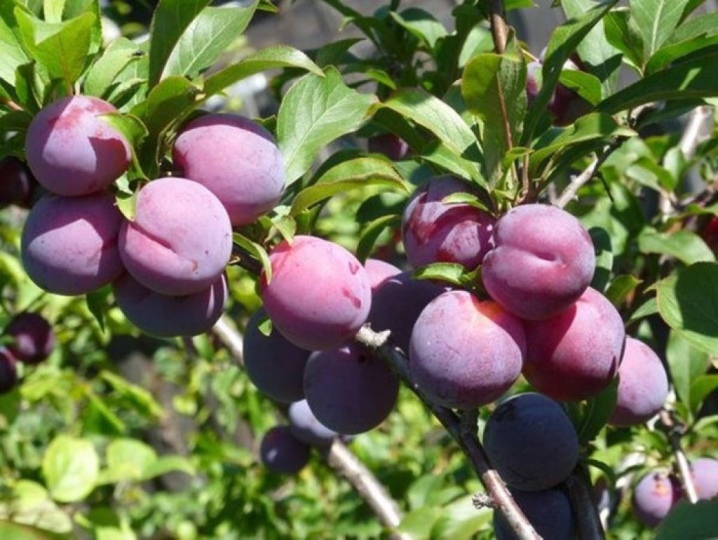
Landing
To properly plant SVG, it is enough to adhere to a few useful tips.
- Plant seedlings in the spring. Hybrids are planted mainly in the northern regions, so young plants should take root in the open field before the first winter. The trees planted in the fall can be injured by frost or even die.
- Select loamy and sandy loam soil for SVG. This type of soil provides the tree with comfortable growing conditions. It is also important not to overmoisten the soil - plum and cherry plants survive drought more easily, but get sick from excess moisture.
- Add drainage when planting. The use of additional materials will protect the roots from stagnant water.
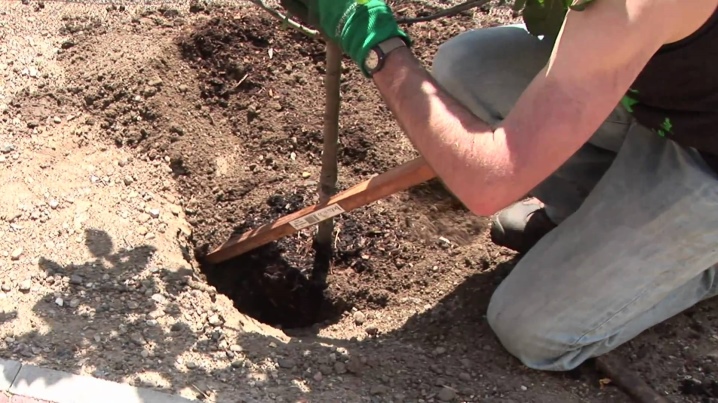
Otherwise, the process of planting plum-cherry hybrids is quite standard.
First, holes are formed at a distance of 2.5-3 m from each other and placed on the bottom of fertilizer and drainage.
A young plant is placed in the center of the hole and covered with earth, leaving the root collar above the ground level. The planted tree is abundantly watered and mulched.
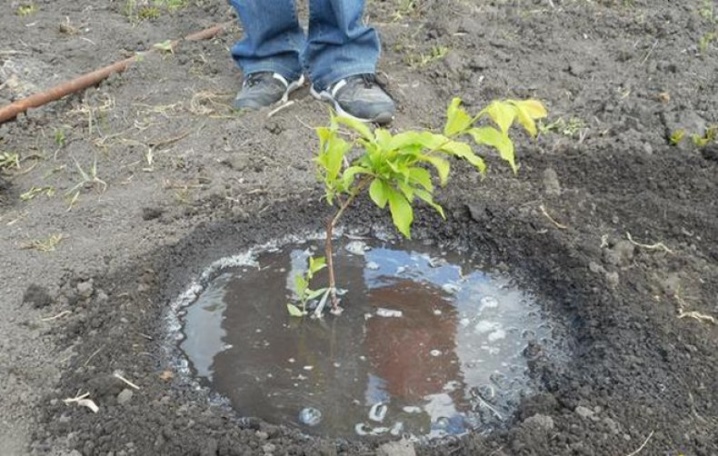
Care
SVG varieties are unpretentious, so it is quite easy to care for them. Here are some tips:
- water the seedlings only after a long absence of natural precipitation, adding 3-4 buckets of liquid under the root every 4-5 weeks, and in the dry period of fruiting - once every 10-12 days;
- you can feed SVG three or four times a season - in the spring after the end of frost, in the summer with the help of potassium supplements and in the fall, covering the soil with organic fertilizers;
- refuse to use nitrogenous solutions - they will greatly increase the growth of young shoots, which will cause a decrease in the amount of yield;
- carry out pruning only to remove dry and damaged branches, as well as shoots that interfere with the growth of fruit branches;
- it is necessary to cover seedlings for the winter in late autumn before frosts - mulch or spruce branches are laid around the trunk.
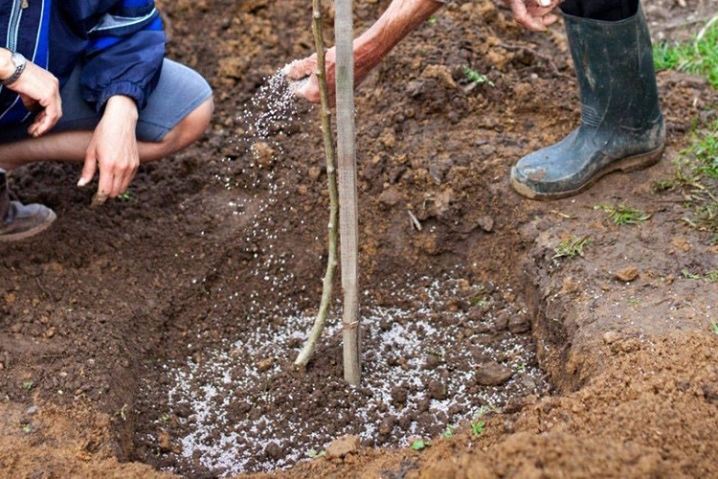
Reproduction
If you already have hybrids of plums and cherries in your garden, you can propagate the trees in two ways: by cuttings and layering. Let's take a closer look at each method.
Cuttings
The method of propagation by cuttings involves growing seedlings from young shoots. To do this, carefully pinch off several shoots from the adult hybrid and place them in a solution that helps to form roots, for example, a mixture of water with the drug "Kornevin".
When the roots appear, the shoots are planted in the ground inside the greenhouse, and in September, along with the ground, they are moved to a closed shed.
It is possible to plant seedlings in the garden only two years after the roots germinate.
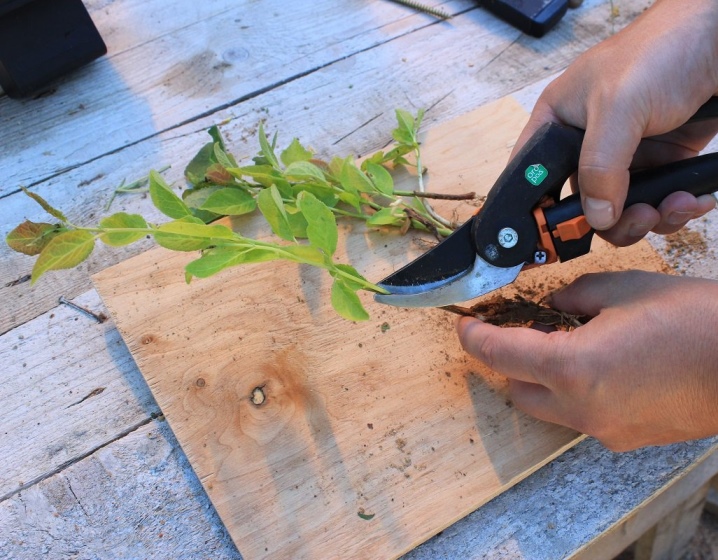
Layers
In order to propagate SVG by layering, in early spring the lower branches are carefully bent to the ground and fixed with brackets in a previously dug hole. From above, the branch is sprinkled with earth and watered in the same way as the main tree. After some time, the branch will begin to take root, and when this happens, the layers can be disconnected from the parent plant. It is necessary to grow seedlings in the same way as cuttings - first in a greenhouse, then in a closed shed, and it is possible to plant in open soil only after 2 years.
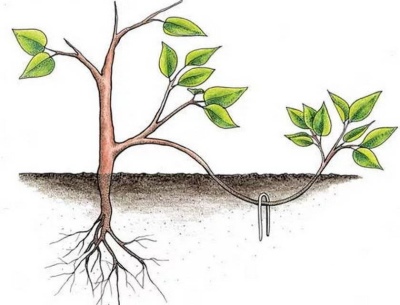
Diseases and pests
Like other stone fruit trees, plum-cherry hybrids are susceptible to moniliosis. Monilial burns look like the tree dries up rapidly for no reason. The first symptoms appear on flowers - they dry up and darken, then green leaves are affected. If signs of disease appear in your garden, you need to react quickly - cut down the infected branches and burn them in a fire.
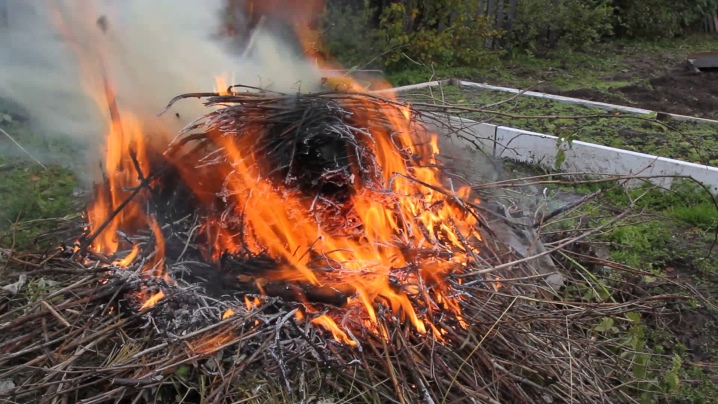
To prevent moniliosis and unexpected crown thinning, take preventive measures regularly.
Spray all hybrids with Bordeaux liquid twice a year (in spring and mid-summer). Instead of Bordeaux liquid, you can use the fungicide copper oxychloride or the drug "HOM".
Pests can appear on trees - aphids, plum weevil or scale insects. It is quite simple to protect the garden from the influence of harmful insects - for this you need to treat the plants with insecticides such as Aktara and Aktellik.
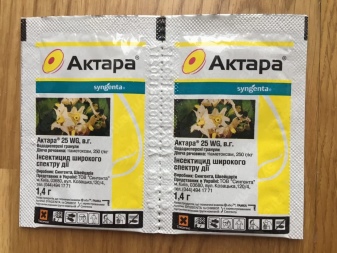
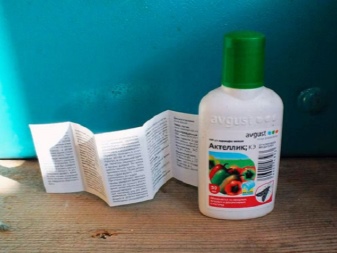
Harvesting and storage
The method of collecting and storing fruits from SVG trees is no different from the methods of harvesting other fruit and berry plants. Most of the varieties of plum-cherry hybrids bear fruit only in late summer, but some varieties ripen in July. Regardless of the ripening period, the crop must be harvested in warm sunny weather to keep the fruit dry.
Immediately during harvesting, fruits are carefully placed in wooden boxes or plastic containers with paper on the bottom. Fresh plums are kept in the cold for no more than 2-3 weeks, during which time they can be transported and sold. To keep the crop longer, it must be preserved as jam, compote, or whole. If you are going to roll the plum cherries into jars whole, make a hole in each fruit with a toothpick - this way they will better preserve their beautiful appearance.
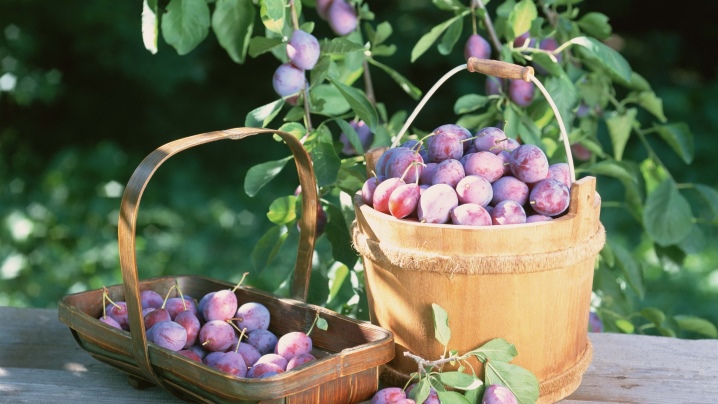











The comment was sent successfully.